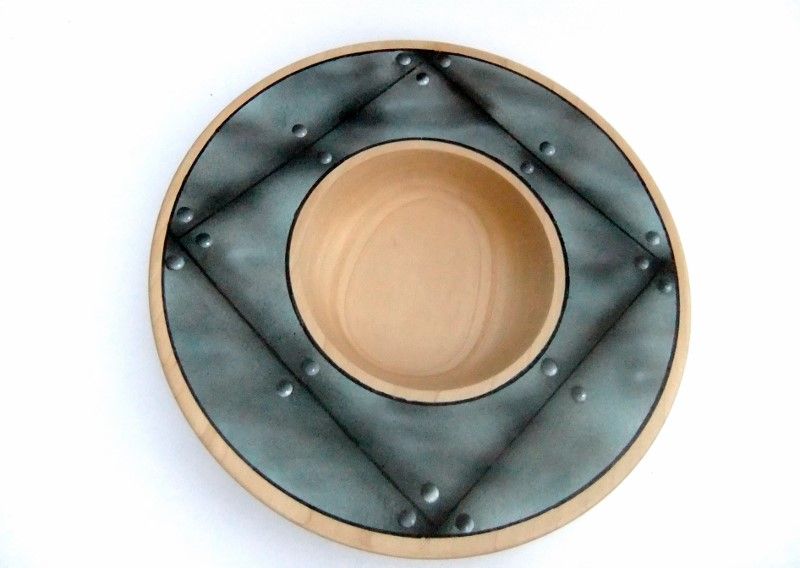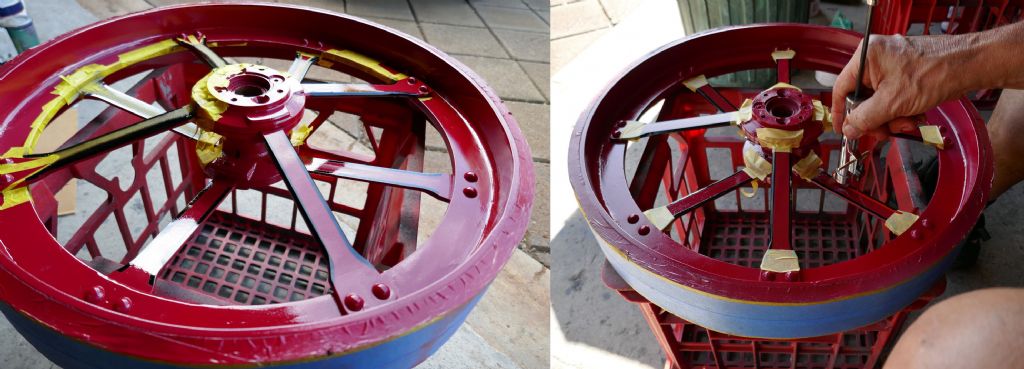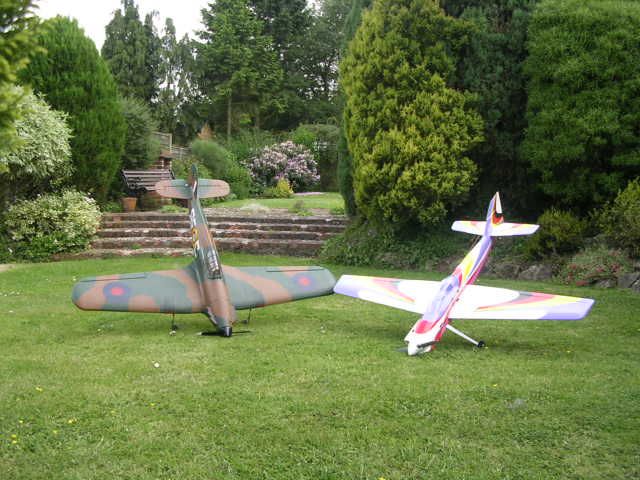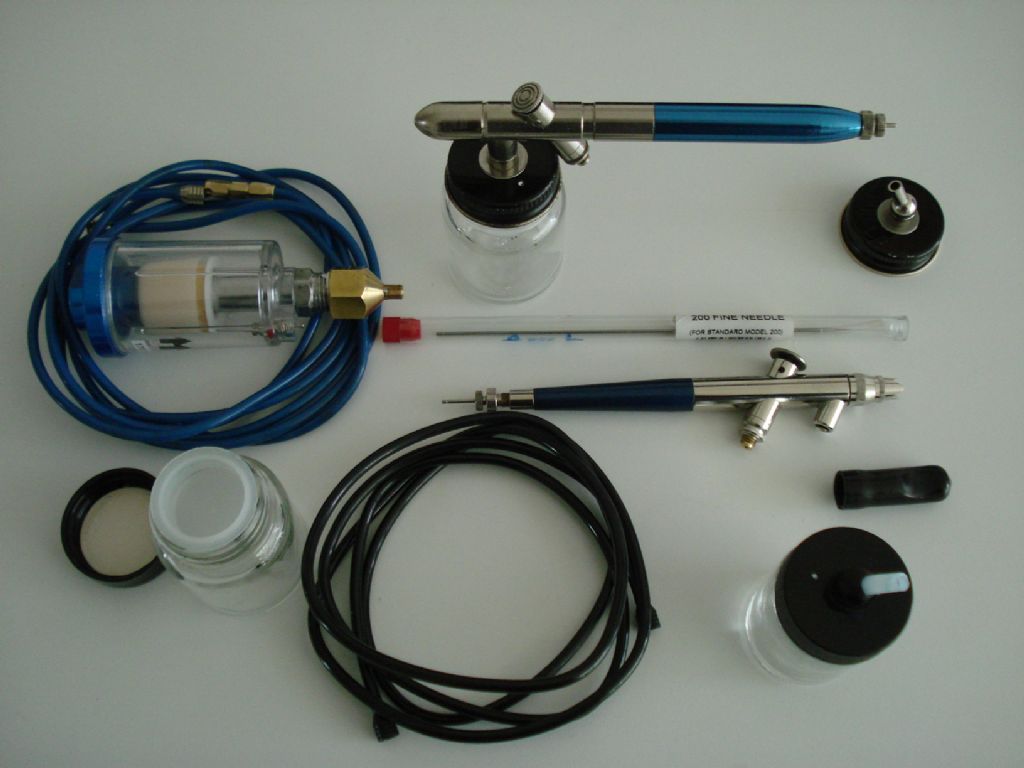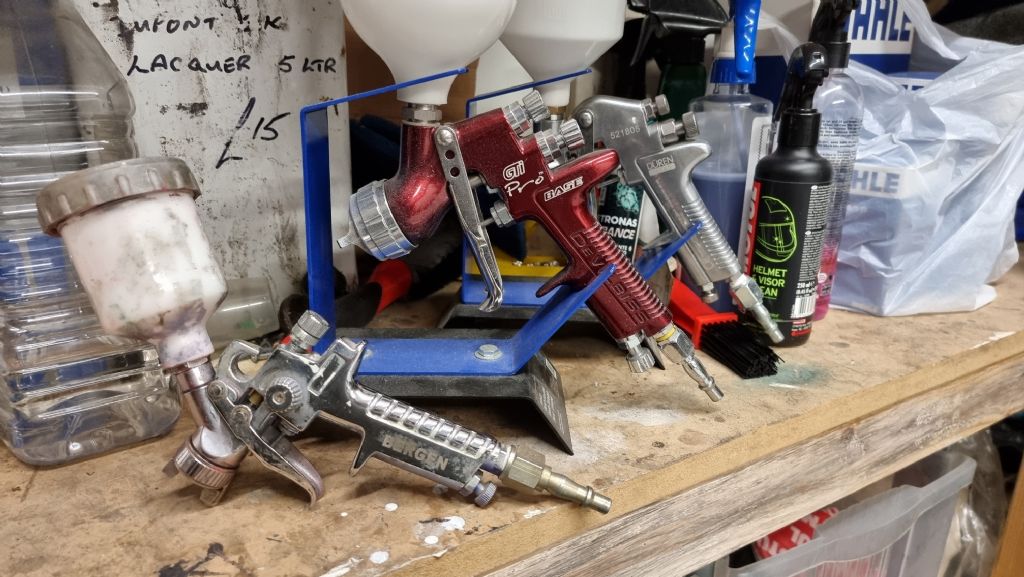I am a regular user of airbrushes over many years. My oldest brush is 45 years old and has been spraying cellulose and enamels from car panels to models for most of it's life without any replacement of parts (top of picture below).
It has a fine needle, will manage most types of paint, but is only capable of a 2 inch wide fan down to 1/16" wide. To spray a wider area say 1sq ft (30cm x30cm), you would need to retard the paint to maintain a wet edge. The amount of paint it will lay on is less, so will need to be built up in coats.
The next a'brush I have is the same brand (Badger USA) and model, but of 2020 manufacture. It has a medium needle/nozzle size and can throw paint on at a greater volume, but still with a 2 inch wide fan. So again, a retardant would be of benefit. I have always been impressed with this brush (usual disclaimer) for their versatility within my needs. I also have a Paasch, which has a very small reservoir, for low volume fine work.
I had to get used to the viscosity mix using etch primers on both and had to adjust the ratios to obtain a smooth fine application on small parts. I have been using paints etc from Phoenix with no issues, but with a bonus, in that the small jars are the same thread pattern as my airbrushes!.
So the bottom line is that if you wish to paint a larger area with an airbrush of restricted fan width a volume, you may have to settle for flatting down with wet or dry after colour and top coat with a slow drying clear coat.
So if you only paint mainly large areas, then a larger gun with a wider fan may be preferable, of which I have no significant experience, but imagine the costs will be lower.
Badger 200 series (1974) top. Badger 200-3 (2020) bottom.

Good luck with your projects(s)
 Neil Wyatt.
Neil Wyatt.

